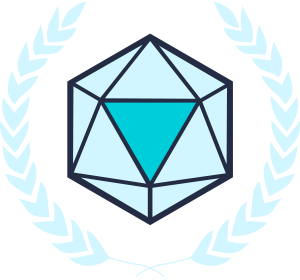When we kicked off this project with the Jockey Club Design Institute for Social Innovation (JCDISI) about a year ago, I could already sense its potential for profound impact. Our mission was clear: to develop a platform to engage with children aged 4-18 in Small Group Homes (SGHs), to provide them with the freedom to explore, share, and collaborate, and to foster self-discovery and expression.
During our early-stage discussions with JCDISI, we recognized the distinct needs between the younger and older age groups. The main challenge with younger children, aged 4-10, lies in their limited vocabulary and reluctance to communicate their needs for their living spaces. As part of JCDISI's wider effort to redesign the living environments within SGHs, our goal for the younger age group was to create an environment where they can freely express their emotional needs within their living spaces. This approach aims to gather first-hand feedback and evidence, informing future spatial design considerations.
Our game, titled Merlin’s Tiles, invites children as adventurers on a classic quest to defeat a great evil force (named ‘the Gem’) in a fictional fantasy forest land. The players go through a series of building challenges using magical building blocks, a gift from the great witch Merlin. These blocks represent key elements needed in spatial design, fulfilling individual and collaborative needs in response to prompts within the story, which closely resemble real-life spaces such as bedrooms, kitchen, dining rooms, and living rooms.
For the older group, children aged 11-18, the primary focus was on their inevitable departure from SGHs into the professional world. One of the biggest needs they previously expressed was the limited opportunities they had received to support their career development goals, including to prompt them to think about their strengths and weaknesses, and to consider how to build crucial soft skills.
In our game, titled Merlin’s Adventure, players play as survivors of a plane crash in a magical forest, where they must form task forces to tackle various challenges. Using character cards and sheets, they create their own characters and discuss how they should team up for each scenario. Included as part of the game experience are discussion prompts and debriefing questions to help players understand their strengths, weaknesses, and potential career paths, using character cards that include real-life careers and fictional backstories.
We collaborated closely with the talented illustrator Maoshan Connie, who designed the visuals for both games, and conveyed the stories through compelling artwork set in the fantasy forest. This setting and design approach liberates players from the confines of reality and sparks their imagination and adventurous spirit, allowing them to practice creative expression and problem-solving throughout gameplay.
And that’s not all: We also developed detailed facilitation guides for both games, to ensure that the social workers and SGH parents will be able to seamlessly lead the games and debriefings in the field.
I was excited to create a customized 20-minute combined version of both games to showcase the game experience and our design approach for a soft launch event on March 14, and proud to share that it was very well received by JCDISI’s community partners. We’re optimistic that both games will be embraced and utilized by SGHs to support the children in their personal growth while ensuring they have a fun and immersive experience!
%20(1).jpg)


